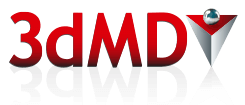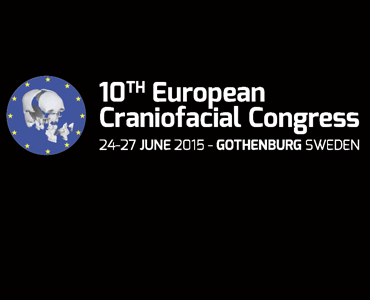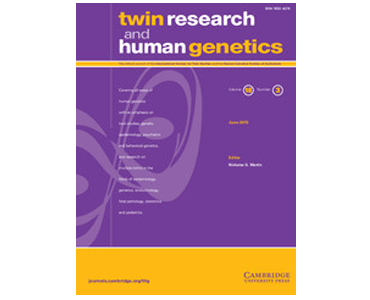Unilateral Cleft Lip Repair Using the Anatomical Subunit Approximation: Modifications and Analysis of Early Results in 100 Consecutive Cases. R Tse, S Lien.
Date: July 2015. Source: Plastic and Reconstructive Surgery, 136(1):119-30. Abstract: The “Anatomic Subunit Approximation” for unilateral cleft lip repair has gained acceptance, however, outcomes have not been reported since the original description. The purpose of this study is to report the experience using this technique. Methods: One hundred two consecutive patients underwent primary cleft lip…








